Twitter Spaces With Sommelier: Exploring NFT Cellars
Sommelier co-founders, Taariq Lewis and Zaki Manian, recently spoke with Joyce Hermosilla, Product Designer, Volume Finance, and Kevin Kennis, VP Protocol at Pawn.fi, about the opportunity to attack some of the problems of allowing quality NFT in art sets to essentially find ways to get onto the Ethereum chain and to be cheaply accessible, particularly on Sommelier. Taariq says he thinks others will be inspired by what Sommelier is trying to do in the NFT space.

Exploring NFT Cellars
“If you are in the Sommelier community, we thank you for having your voices heard. And if you’re not participating yet in the community, please get over to community.sommelier.net. Our governance is alive and well. We’ve had about two proposals voted on pass, we’re looking to see more proposals come. And, I think that folks will be inspired by this chat and the things that we’re trying to think about in the NFT space.
Early NFT drops and inspiration
Taariq describes how we got here:
“For the early folks, we did the first NFT drops on Sommelier, which were wine bottles way back in the first quarter of 2021. In January through March 2021, select Sommelier community members got very nice bottles of wine for participating in pairings and participating in our Uniswap v3 app. And then Uniswap v3 came and we moved onto wine bottles. And then, we did a small experiment with art, there were three NFTs given to liquidity providers on Sommelier. That inspiration and the popularity and growing importance of NFTs in the space has led us to ask more questions, such as: How would NFTs look on Sommelier?”
He invited folks who are currently exploring NFT items in the crypto space, particularly on Sommelier, to discuss the ideas we think of when we think of Sommelier liquidity management and then when we think of NFTs.
“One of the things that’s coming up at Sommelier is that Cellars are essentially NFT managers because they are managing the movement of liquidity on Uniswap v3, which is represented by NFTs. But, if we start looking broader, what inspiration do we have when we think of Sommelier and NFTs?”
Zaki observes:
“The general point that I have is NFT-Fi is going to become a more and more interesting space. There’s a lot of value in NFTs, there’s a lot of trading activity, and Sommelier exists as a tool to automate and accelerate that activity. I’ve been very interested in the exploration of that space.”
As we think of Sommelier managing and moving NFTs in Uniswap v3, does Zaki think that model extends to different types of NFTs outside of that Uniswap v3 range order design? Does he think Sommelier is at a far distance currently for us to explore NFTs further? Do we have a lot of work ahead of us for different design spaces? Taariq asks: “Where are we with managing NFTs within Uniswap v3 to make an easier path to explore the NFT question?”
Zaki: No. I disagree with that. The NFT management we do for Uniswap v3 is just an abstraction.The generalized NFT market is very, very different and the bulk of the NFT market is very different from Uniswap liquidity NFTs.
Cool Ideas active in the NFT space for Sommelier to consider?
Are there ideas currently active in the space that the community might consider interesting to look at? Kevin observes:
“Here are some of the ideas that come to my mind as someone who collects and owns and has probably overallocated NFTs is that just like the original NFT, which is basically something that gives you pride of ownership but is useless in every way. The earliest thing to think about: the NFT before the NFT is bitcoin, right? It’s great. You buy it because it has perceived value and because it’s cool to have it. For 90% of the world, it’s completely useless. The same thing for even Ethereum up until probably 2017/2018. What makes these apps interesting, what made Ethereum what it is today, what’s now making bitcoin more interesting is the ability to use it more than just as an asset that stays idle, but to use it in something like DeFi to generate yields. NFTs are today where all the coins that exist on Ethereum are in 2017 -- they’re cool to have, they go up in value on a speculative basis, but they’re pretty useless. What’s going on now, what I have a desire for on a personal level, what I’m seeing other teams start building are ways to make them useful.
“They’re good collateral, so there are a lot of things we could do at Sommelier that picks up on that point and helps us build towards a world where your NFT is something you can take out stablecoins or ETH against, you could stake your NFT and generate yields. There are a lot of solutions going on right now and I think some of our advantages, the things you could do on Sommelier, can happen in a way where there are lower transaction costs, we get the power of the decentralized validator sets and make the decisions about how to generate yields with like a basket of NFTs. And then everybody who grew their ETHs and JPEGs over the summer and now have “new liquidity” can actually start using these NFTs in productive ways. So, that’s kind of the vision that I think Sommelier can start building towards over the next few weeks.”
Kevin said a lot there, so Taariq reflects to summarize:
“If I were to imagine your vision in a possible future world, Sommelier’s protocol is really good at sending transactions or messages from one chain to control what’s happening on Ethereum on an EVM. So, if I have a bunch of NFTs that aren’t doing anything but may be super valuable and I’m not willing to sell them, maybe there could be some sort of Sommelier Cellar which would be a contract that would be managed by the Sommelier validator set that could maybe lend or allow me to finance this basket of NFTs -- mine and others -- so that capital can then become efficient, go to work, make money and then come back to me as one SOMM token holder as well as a JPEG owner and I can continue to make profits and have my collateral secure that lending. Is this how I would break down that vision that you were sharing?”
Kevin picks up the thread and adds:
“Yeah, so let’s say this. I give you my crypto funds, you use an NFT lending protocol just like somebody else to collateralize that. Then, you generate yield with those loan proceeds. So, maybe you pay 12% for the loan and the Cellar figures out a way to make 20%. Then, I as the ultimate owner of those crypto funds make 20% on my crypto money.”
NFTs as Collateral: A Fast-Growth Area
Lately, Kevin’s been writing the smart contracts for a team that has an NFT protocol.
“I’ve seen NiftyFi popping up, I have been a lender on NiftyFi, JPEG right now is another protocol that’s getting a lot of hype that allows you to get yield off your CryptoPunks. I think you’re going to see a lot of CryptoPunk type farming things going into Q1 so it’s definitely popping up.”
Given where Sommelier is with its protocol, there’s still a significant amount of effort required for some of the protocols to explore this particular space of lending and collateralization. Kevin observes:
“I think among the things we can do is maybe start talking to the teams that have done some of these things already, especially the lending protocols and figure out how we can get plugged into them. On the Gravity bridge, handling NFTs is another step we’re going to need to take. I think it’s inevitable the way asset distribution is happening now with so much money in NFTs. But, it’s not years away. Maybe it’s a Q1 thing.
How big is that elephant in the room?
Zaki interjects to mention what he says he views as the elephant in the room with all this NFT lending: The value of NFTs as collateral. He explains:
“If we want to make NFTs into collectible assets, we have to be able to value them as collateral. And, the question is there’s a lot of room for information manipulation in the NFT market, and when you start treating NFTs as collateral that information manipulation becomes essentially like a security vulnerability and I think that represents one of the biggest overall challenges of the NFT DeFi market is what kinds of things can you meaningfully decorate an NFT in to manage or mitigate these risks to be able to lend against them.”
Taariq reflects on that:
“What you’re saying is because these things are illiquid it is very hard to evaluate their real value or some baseline value and once you have all these different NFTs from different sets, different folks, different communities, it becomes even more difficult to create standards around assessing value because it can be easily manipulatable and that would be a problem. Is that how we should read it?”
Zaki observes:
“ The goal of anyone who is attacking an NFT lender is going to be able show up with a NFT that they know is worth nothing but create the impression that it’s worth a lot. So NFTs have an enormous amount of potential in the DeFi space, but I view that as the existential problem around NFT Defi is going to be “hey, if you want to have automation of counterparty risk, like automated counter parties to NFT DeFi, solving this problem becomes essential to building up the next elements of the space.”
Joyce is also exploring NFTs on Sommelier from real artists as a way to anchor back to that questionable value issue. She observes that you can have an authentic art piece from an artist and build this type of collection that then can have value.
“Yes, sure. I think it’s really interesting what you’re talking about, NFTs in the DeFi space, but I think it’s also important to create new communities around NFTs. I think it would be a great opportunity to engage with the community and hear what they want. We were thinking to contact these real artists and we are having a lot of trouble. So, what happened between the ER award with the new work -- how we contact, how we create community -- we have a lot of amazing NFTs, but who are the artists that do them? We know, we talk about what is the process, so I think it’s a really interesting work around how we will create a platform for real artists for coming to the digital world.”
If there were provenance via authentic artists creating these authentic works that was part of a Sommelier NFT type -- let’s assume these are authentic artists or real world artists have some credibility in the real world -- does that help address the issue of properly evaluating the particular content or in your view does that not really have an impact?
“Of course it has an impact,” says Zaki. “This is why I and everyone else started provenance-based blockchain startups back in 2014. If you can figure out a way to automate provenance at scale that gives you a starting point for determining value. But something can have authentic provenance and its value can still be wildly manipulatable.”
Good point, because you still are illiquid so in that sense there’s not a massive market for these.
How the industry is addressing some of these issues
Kevin, who is playing in the NFT space in the lending space, addresses whether the issues discussed above have been a limit to growth.
“I’m playing in the lending and the borrowing space, and the thing is right now I have issued a loan to a borrower based on one of his cryptos. The way these platforms work, usually the ones I’ve seen work with a whitelisted set of allowed contracts, so maybe they support CryptoPunks, Bored Apes, Art Blocks cryptos. Well, the good thing is that everybody is aware of what the canonical contract addresses are for those NFTs. On the back end it’s not certain collections that are supported, it’s really certain contracts that are supported. So, if I were to mint a Bored Ape on a contract other than the Bored Apes contract, it wouldn't look like a Bored Ape to one of these platforms.”
So, literally you have provenance back down to the contract level where if the contract is the Bored Ape contract that is the provenance and that whitelist only allows tokens or items from that contract to be considered Bored Ape for the purpose of lending. Taariq observes:
“That’s awesome. And I’m guessing that is scalable by definition, the authenticity of the contract generating the set is how it’s identified.”
Kevin continues:
“Exactly. So, this could theoretically be different for say, ‘one of one’ art. Maybe you have a piece by Xcopy, and you say ‘This Xcopy piece is very old and was minted on a different contract than the one you usually use is,’ you would be aware of that one. Is it really very old? Check the chain. A lot of the prominent artists these days use their own smart contracts. So, what you see is a lot of artists that are creating original crypto art have moved away from the storefront contracts. So you don’t mint on the OpenSea contract anymore, you don’t mint on the foundation contract.
“There’s an awesome team, they’re called Manifold, they work with a lot of prominent artists to basically create custom smart contracts that each artist can mint on. The benefit of this is for the ecosystem, especially the financialization ecosystem, is that there’s now a canonical registry of ‘this artist’s work exists at this on-chain address. So, if you check the chain, obviously, there’s social consensus that everyone believes this is the correct registry. But, these problems are being solved.”
Does the elephant in the room still look that big or did it get smaller?
“I’m not trying to argue that these problems are unsolvable,” says Zaki.
Appraisal and pricing is still an issue
Kevin observes that the appraisal is still an issue for illiquid assets.
“I think forgery is, as I said, being solved by having these canonical addresses be well known. Appraisal, if you have an illiquid asset, like a ‘one-of-one’ piece, maybe something that’s last sold in 2018 through Ethereum, it’s hard to figure out how to price or appraise that asset. For something like a CryptoPunk that exists within a set of 10K and they sell every day it’s easier, but one-time assets are very hard.”
Taariq observes:
“But, an appraisal is something that can be community driven, right? Where you can develop appraisal systems just like we have in DeFi insurance, to then say ‘hey my appraisals have been valuable and here’s the evidence on-chain.’ So, there’s a path to solution. My question is: Can this all be done on Sommelier? Can we have canonical contract issuance be managed by the Sommelier protocol itself, where artists come to Sommelier and say ‘hey, if my art is generated on Sommelier, then you know it’s genuine, then you know it’s authentic. Or, can Sommelier participate with others in some of these models?”
Kevin thinks it’s possible.
“I think it’s possible, and I think for a lot of people it’s going to end up being more accessible. I mean, the way the Ethereum chain works these days, it’s very congested, right? So, if you’re an artist that hasn’t sold much on NFTs before you’re looking at -- especially if you want to deploy your own contract -- maybe $1,000 to $1,500 dollars upfront costs, and you don’t even know if anything’s going to sell. So, using the Sommelier chain, which using Tendermint consensus has all the advantages of being faster and less expensive while still maintaining strong security, those barriers to entry don’t exist. And, with the Gravity bridge, if you want to sell somewhere on the most prestigious markets on Ethereum, you can still do that. You can make it on Sommelier and access Ethereum-based markets.
More articles

Is Speculation Killing Crypto’s Future?

Sommelier's Path Forward: Embracing Revenue Over Narrative

Sommelier January Update

Sommelier Upgrades Cellar Architecture to Enable the Most Powerful DeFi Strategies in the Market

Real Yield USD is Coming to Maximize Stablecoin Yield

Retrospective on 2022 and the Journey Ahead

FAQ - Patache Digital’s Steady Strategies

Patache Digital: Risk Management Discussion

Strategy Deep Dive: Patache Digital

Strategy Provider Spotlight: Patache Digital

User Guide: How to Participate in Strategies on Sommelier

Sommelier Ambassador Program

Strategy Tokens: What Are They and How Do They Work?
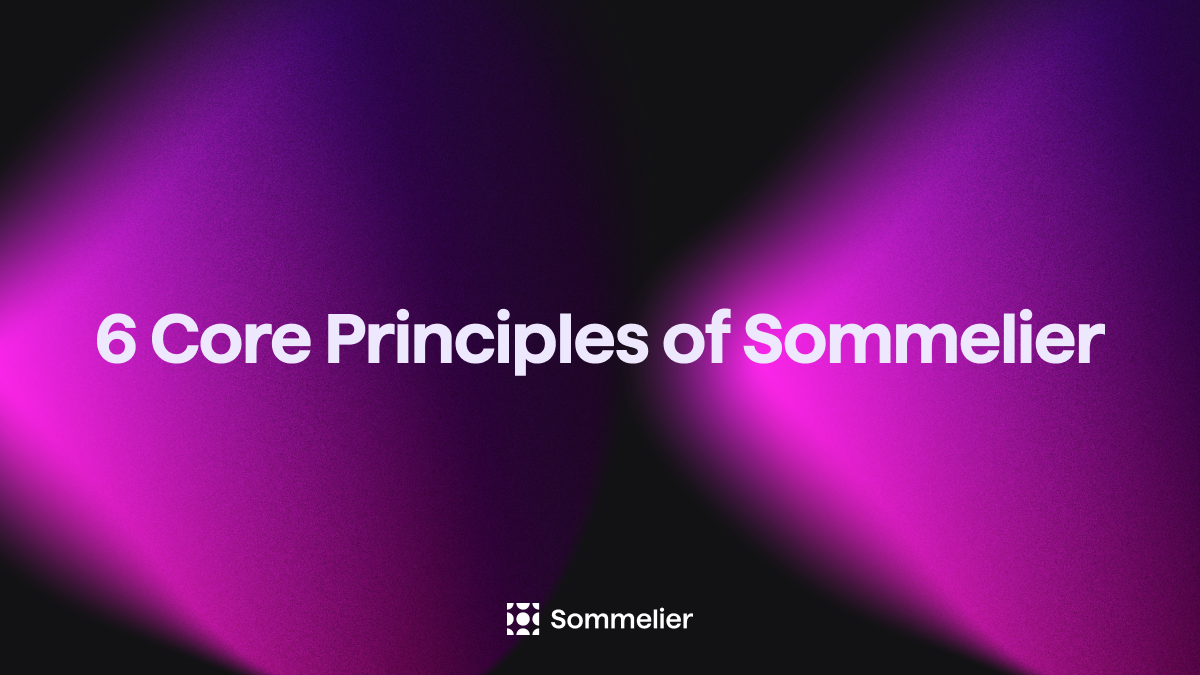
6 Core Principles of Sommelier

10/10/22 - Deep Dive on Cleargate Backtesting

Strategy Provider Spotlight: Seven Seas

Deep Dive on Trend and Momentum Strategies

Strategy Provider Spotlight: ClearGate

Supporting Strategy Providers on Sommelier

Sommelier Protocol Team Weekly Update #11
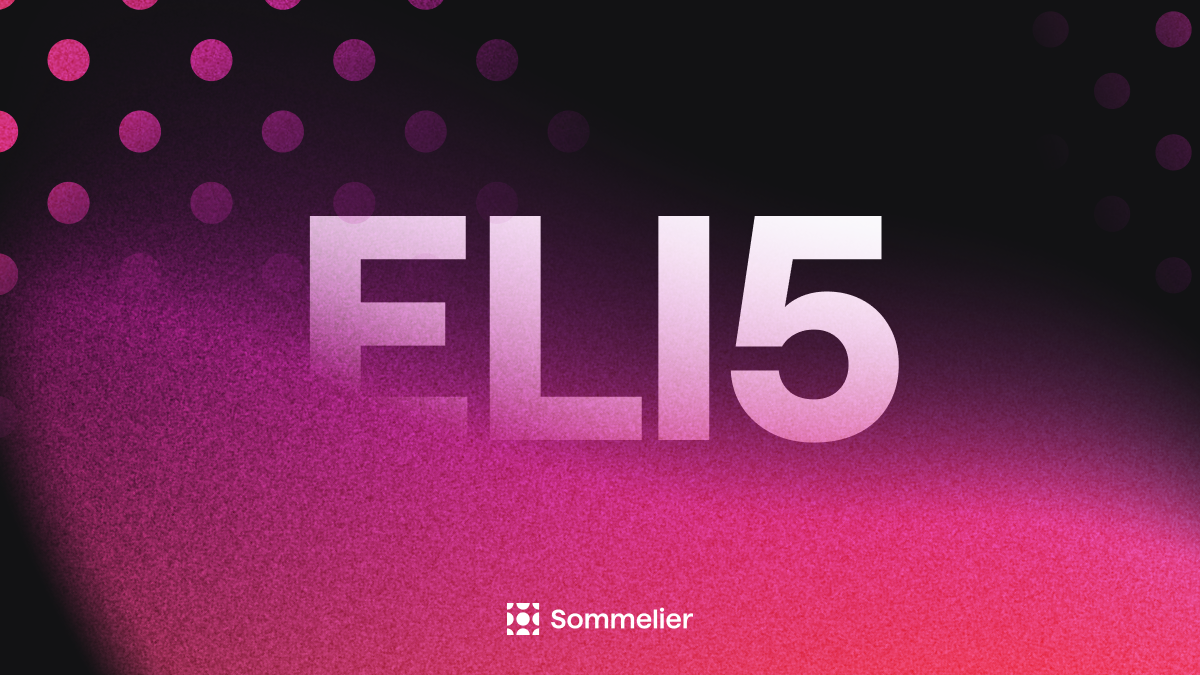
ELI-5 Explanation of the Data Science behind Sommelier’s First Aave Cellar

Sommelier Protocol Team Weekly Update #10
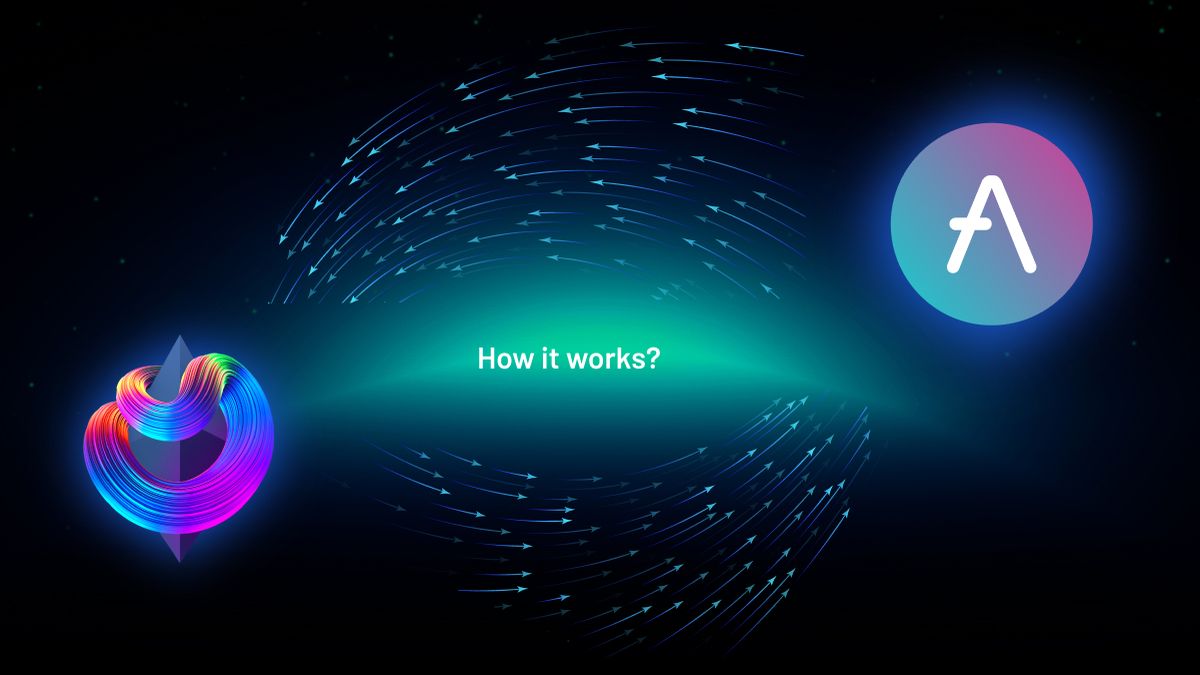
The Data Science Behind Sommelier’s First Aave Cellar

Sommelier Protocol Design Documents

Sommelier Protocol Team Weekly Update #9

Sommelier Protocol Team Weekly Update #8

Sommelier Protocol Team Weekly Update #7

Twitter Spaces With Sommelier: How to Launch a Cellar on Sommelier

Twitter Spaces With Sommelier: Protocol Upgrade and Community Update

Sommelier Protocol Team Weekly Update #4

Sommelier Protocol Team Weekly Update #6

Twitter Spaces With Sommelier: SOMM Airdrop Proposal Data Analysis

Twitter Spaces With Sommelier: Community Update on the First Cellars to Launch

Twitter Spaces With Sommelier: Exploring NFT Cellars

Sommelier Protocol Team Weekly Update #1

Sommelier Protocol Team Weekly Update #2

Sommelier Protocol Team Weekly Update #3

Three Things You Need to Know About Sommelier Governance This Week

Sommelier On the Road: PROOF OF…REPUTATION

Introducing Ukpai Ugochi - Working on The Sommelier Cellars Rebalancer

Sommelier Announces 23MM Series A Mainnet Round to launch Automated DeFi via the Cosmos

Twitter Spaces With Sommelier: Mainnet Launch & Gravity Bridge

Twitter Spaces With Sommelier: Introducing SOMM Tokenomics

Twitter Spaces With Sommelier: Mysten Labs AMA With Evan Cheng

Introducing SIPS and Sommelier’s Governance Structure

Twitter Spaces With Sommelier: End of Year AMA 2021

Twitter Spaces With Sommelier: Intro to SIPS & Lisbon Blockchain Week
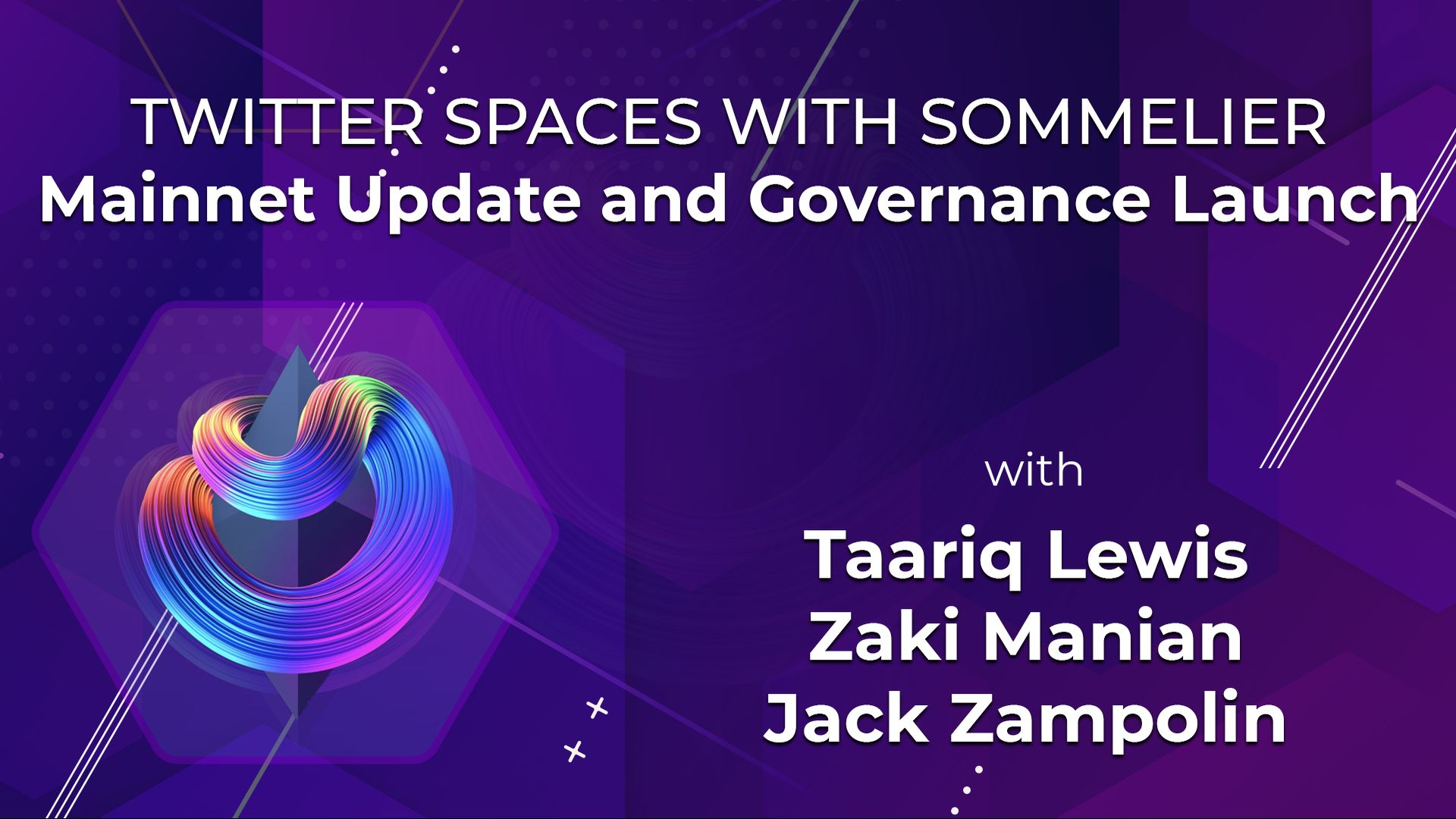
Twitter Spaces With the Sommeliers: Mainnet Update and Governance Launch

Sommelier Partners With Mysten Labs to Make Sommelier and All Cosmos Blockchains the Fastest Protocols on the Planet

Twitter Spaces With the Sommeliers: Sushi AMA With Joseph Delong

Introducing the Sommelier Network Mainnet and Ethereum Gravity Bridge

The Top Five Features of the Sommelier Protocol

Call for Validators: The Two Step Process for 2021

Two New Features Launched to Test Liquidity Management on Uniswap v3

Uniswap v3 Remove Smart Contract Incident Post Mortem for Sommelier

Call for Validators: Road to Sommelier Mainnet

Sommelier Liquidity AMA With Yenwen and Nick From Perpetual Protocol

Sommelier Liquidity AMA With Tascha Pan From Alpha Finance

Sommelier Liquidity AMA With Loi Luu From Kyber Network

Sommelier Liquidity AMA With Alex From Peanut

Sommelier Liquidity AMA With JP From THORChain

Sommelier Liquidity AMA With Alan Chiu From OMGX Network

Sommelier Liquidity AMA With Ari From Gelato Network

Sommelier Liquidity AMA With Sunny Aggarwal From Osmosis

A Fine Sommelier Explanation of Bollinger Bands With Kevin Kennis

Sommelier Liquidity AMA With Mona El Isa From Enzyme

Sommelier Liquidity AMA With Haxor From Method Finance

Sommelier Liquidity AMA With Tor From Secret Network

Liquidity Provider Insights With Zaki Manian - Ep. 7 - DeFi Automation Space on Uniswap v3 and Where Sommelier’s Heading

Sommelier Liquidity AMA With Geralt From CyberFi

A Pairings Tutorial of Two Sided Liquidity Addition with Sommelier

Liquidity Provider Insights with Zaki Manian - Ep. 6 - Liquidity Providers Need to Gear Up for a Multi-Chain World

Three New Summer Features for Liquidity Providers

Sommelier Liquidity AMA with Tom C and Max W from Charm

Sommelier Liquidity AMA with Dereek69 & Shalaquiana from BIOPset

Sommelier This Week - June 3rd 2021: The Road to Mainnet

Sommelier Liquidity AMA with Federico Landini from DefiLab

Sommelier Liquidity AMA with Michael Egorov from Curve

Liquidity Provider Insights with Zaki Manian - Ep. 5 - A Bright Light at the End of a Long, Tough Weekend for Bitcoin

Sommelier This Week - May 27th 2021: What Aspiring Sommelier Validators Need to Know on Last Week’s Protocol and App Progress

Liquidity Provider Insights with Zaki Manian (Special Edition) - Ep. 4 - New Pairings Release

Sommelier R&D AMA With Yaniv Tal From the Graph
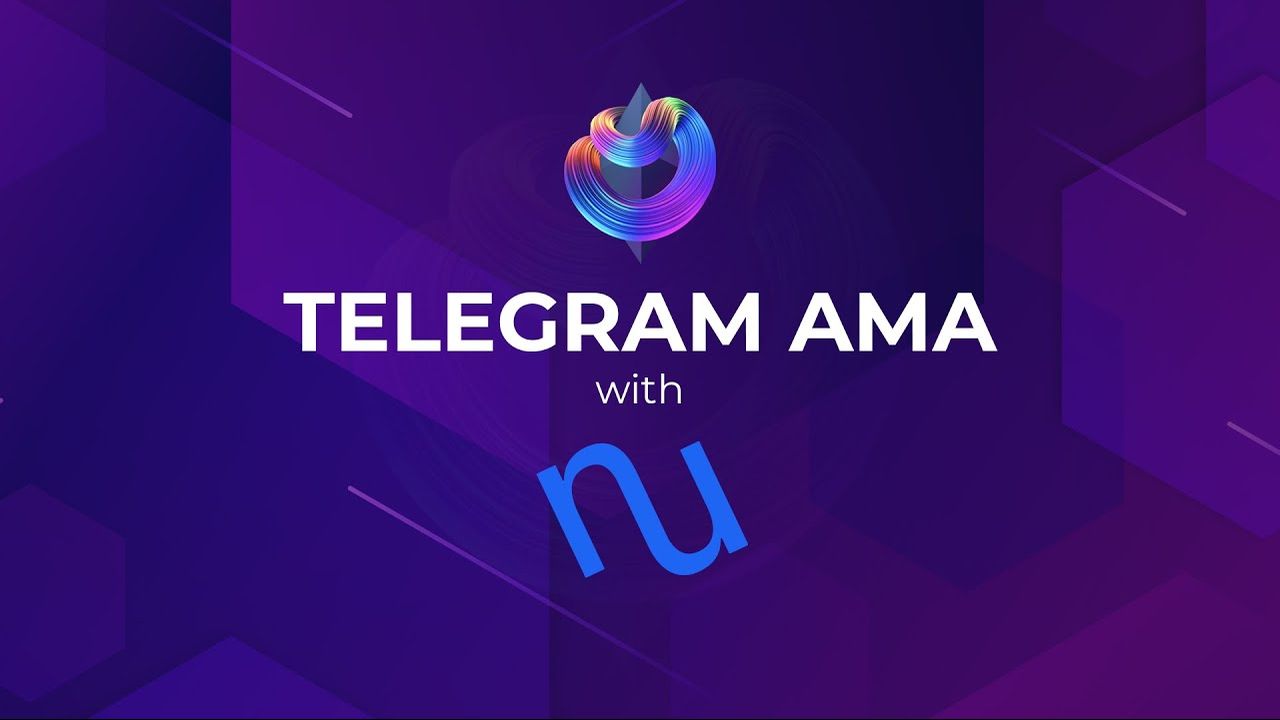
Sommelier Liquidity AMA with MacLane Wilkison from NuCypher

The Eight Steps to Become a Liquidity Provider with Pairings

Sommelier NFT Awards - May 18th, 2021
Pairings By Sommelier: The FAQ

Zaki Manian Breaks Down What Liquidity Providers Need to Know Under Uniswap v3

Sommelier This Week - May 6th 2021: How This Week’s Protocol and App Progress Weaves Together to Make a Product

Sommelier Liquidity AMA with Dan Thomson from InsurAce

Sommelier This Week - April 29th 2021: Weeks Away From a Taste of the Sommelier App Experience and How the Dev Team Stays on Track

Zaki Manian Breaks Down a Phase Change Liquidity Providers Need to Know About Automated Market Makers

Introducing Jehan Tremback: Sommelier Core Developer and Althea Co-Founder that pushes the Limits of the Blockchain Bridge with Gravity

Sommelier This Week - April 22nd 2021: An Inside Look at Progress on Coordinating Sommelier Components That Contribute to the Chain

Sommelier This Week - April 15th 2021: Providing a Best-in-Class Experience for Uniswap Liquidity Providers

Sommelier Announces $1M R&D Grant from The Graph Foundation

Introducing LP Rewards: This Week With Cellframe
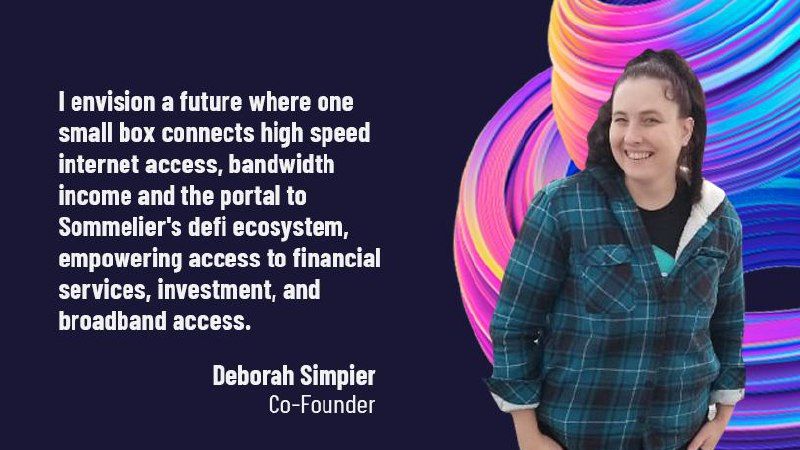
Introducing Deborah Simpier: Althea CEO and Sommelier Co-Founder Who Brought the Gravity Bridge to Life in The Cosmos

Sommelier This Week - April 8th 2021: What Uniswap v3 Means For Sommelier Architecture and Validators

Introducing Sommelier LP Rewards Program

Sommelier This Week - April 1st 2021: Gravity Bridge and Private Testnets

Blockchain startup decides to acquire a California winery and host NFT wine parties

Introducing Justin Kilpatrick: The Blockchain Bridge Wizard Who Maintains Gravity

Five Ways UniswapV3 changes the world for Liquidity Providers on the AMM
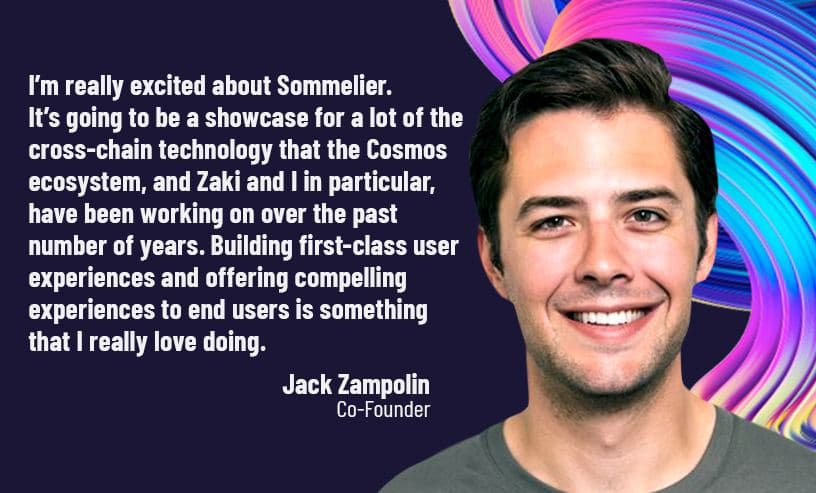
Introducing Jack Zampolin: On Becoming A Sommelier in The Cosmos

Sommelier: Welcome To The New CoProcessor For Ethereum
© 2025 Somm by Bajanss OÜ –Maakri 36-50, Tallinn, Estonia 10145